A case for the importance of interneurons in autism
The etiology of autism may be best understood as an impairment of neuronal circuits, specifically interneurons that dampen signals in the brain, says neuroscientist Gordon Fishell.
Rare or common, inherited or spontaneous, mutations form the core of autism risk.
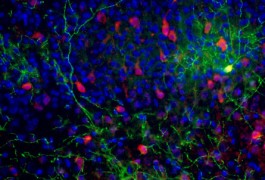
The etiology of autism may be best understood as an impairment of neuronal circuits, specifically interneurons that dampen signals in the brain, says neuroscientist Gordon Fishell.
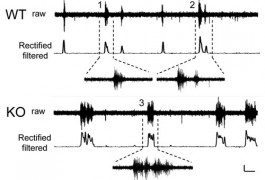
Neurons from mice that model fragile X syndrome may fire signals more readily than neurons from controls, according to a study published 5 October in The Journal of Neuroscience. The results suggest a cause for the high incidence of seizures in individuals with the syndrome.
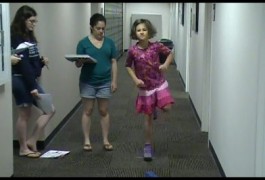
In families that have at least one child with autism, significant motor impairments crop up in most children with the disorder and hardly any of their unaffected siblings, according to a study published 19 October in Autism.

Oxytocin, the so-called ‘love hormone,’ plays a key role in monogamy in rodents, but its association with human relationships is subtle at best.
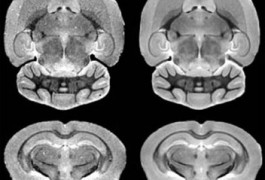
The brains of mice that model Rett syndrome are smaller than normal overall and have differences in specific regions similar to those seen in people with the disorder, according to unpublished research presented Wednesday at the 2011 Society for Neuroscience annual meeting in Washington, D.C.
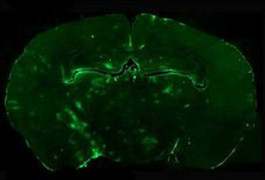
Researchers have identified a compound that shows promise as a treatment for Angelman syndrome, a developmental disorder related to autism. The unpublished results were presented Tuesday at the 2011 Society for Neuroscience annual meeting in Washington, D.C.
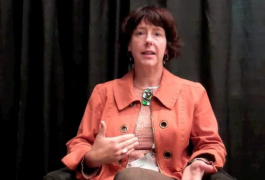
Studying bird species such as the zebra finch can help researchers understand language difficulties in autism, Stephanie White told SFARI.org in a video interview at the 2011 Society for Neuroscience annual meeting in Washington, D.C.
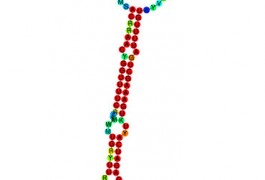
Researchers have charted the expression of tiny pieces of RNA in postmortem brain tissue from people with autism, according to unpublished research presented Tuesday at the 2011 Society for Neuroscience annual meeting in Washington, D.C.
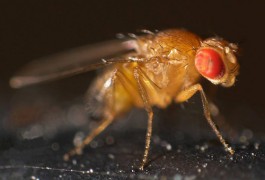
Looking at flies that express elevated levels of UBE3A, a gene that is duplicated in some people with autism, researchers have identified 81 proteins that may be linked to the disorder, according to unpublished results presented Tuesday at the 2011 Society for Neuroscience annual meeting in Washington, D.C.
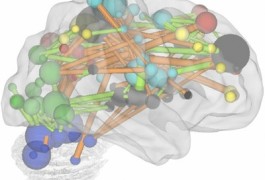
Individuals who carry an autism-linked common variant in the MET gene have abnormally low brain connectivity, according to unpublished research presented at the 2011 Society for Neuroscience annual meeting in Washington, D.C.